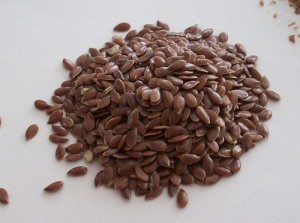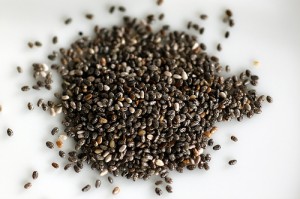We have all heard the best way to pin point an offending allergen is to remove it from the diet and see if your symptoms disappear. If the symptoms vanish, reintroduce the potential allergen and see if the symptoms reappear. It sounds simple, but for some of us it can be overwhelming.
Jennifer of It’s an Itchy Little World has successfully uncovered all of her son’s eczema triggers through an elimination diet. You can read her encouraging experience in her article: Elimination Diet: How You Can Do it Too!.

 February 19th, 2013
February 19th, 2013  Nancy
Nancy 
 Posted in
Posted in 


